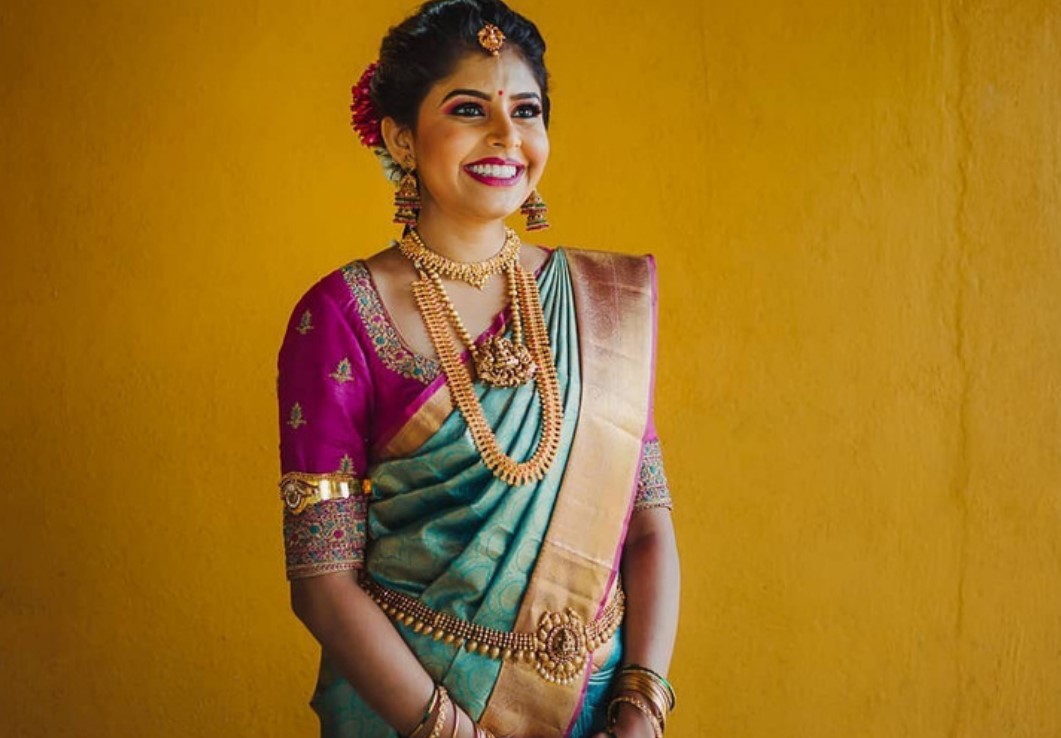Fashion transcends borders and brings people together, showcasing the unique cultural heritage and traditions of countries from every corner of the globe. The beauty of these diverse styles lies in the stories they tell and the values they represent. From intricate patterns to symbolic motifs, let’s embark on a journey to explore cultural expression through clothing from various parts of the world.
Indian Sari
One of the most recognizable garments in the world, the Indian sari is a symbol of grace and elegance. This traditional attire is made of a long, unstitched piece of fabric draped around the body and the way it is worn depends on the occasion and the region where the wearer is from. Saris are usually made from luxurious materials like silk or cotton, adorned with beautiful embroidery, prints, or woven patterns. The vibrant colors and intricate designs of the sari reflect the rich heritage and diversity of Indian culture and they are also one of the most popular souvenirs to bring back from a trip to India.
Celtic Apparel
Celtic apparel, originating from Ireland and Scotland, is deeply rooted in history and tradition. Known for their distinctive patterns and designs, Celtic-inspired clothing items like kilts, Aran sweaters, and tartan scarves showcase the craftsmanship and skill passed down through generations. The use of natural materials like wool and linen emphasizes the connection to the land and environment, while the symbolic patterns, such as Celtic knots, reflect the ancient beliefs and values of the Celtic people. Today, the modern variations of Celtic clothes can be easily bought online from stores such as https://www.gaelsong.com/prod_detail_list/celtic-apparel and worn on an everyday basis. By incorporating these timeless pieces into your wardrobe, you can celebrate the rich cultural heritage of the Celtic nations.
Japanese Kimono
The Japanese kimono is an iconic garment that has become synonymous with the country’s culture and history. Traditionally made of silk and other fine fabrics, kimonos are distinguished by their straight seams, wide sleeves, and vivid patterns that made them famous far beyond Japan’s borders. The kimono is typically worn with an obi which is a wide sash wrapped around the waist, and can vary in design and formality depending on the occasion. The kimono epitomizes the refined aesthetics and longstanding traditions of Japanese culture with its elegant shape and meticulous craftsmanship.
Mexican Huipil
Originating from the indigenous cultures of Mexico and Central America, the huipil is a traditional tunic-like garment worn by women. Made from hand-woven cotton or other natural fibers, the huipil features vibrant, geometric patterns and designs that reflect the wearer’s community and social status. Each region has its own distinct style of huipil, showcasing the rich diversity of Mexico’s indigenous cultures and their unique artistic expressions.
Nigerian Agbada
The Nigerian agbada is a voluminous, flowing robe worn by both men and women in West Africa. Traditionally made from hand-woven cotton or silk, the agbada is distinguished by its intricate embroidery and vibrant colors. The garment serves as a status symbol and is often worn on special occasions like weddings and ceremonies, reflecting the wearer’s wealth and social standing. The agbada showcases the rich cultural heritage and craftsmanship of Nigerian and West African fashion.



